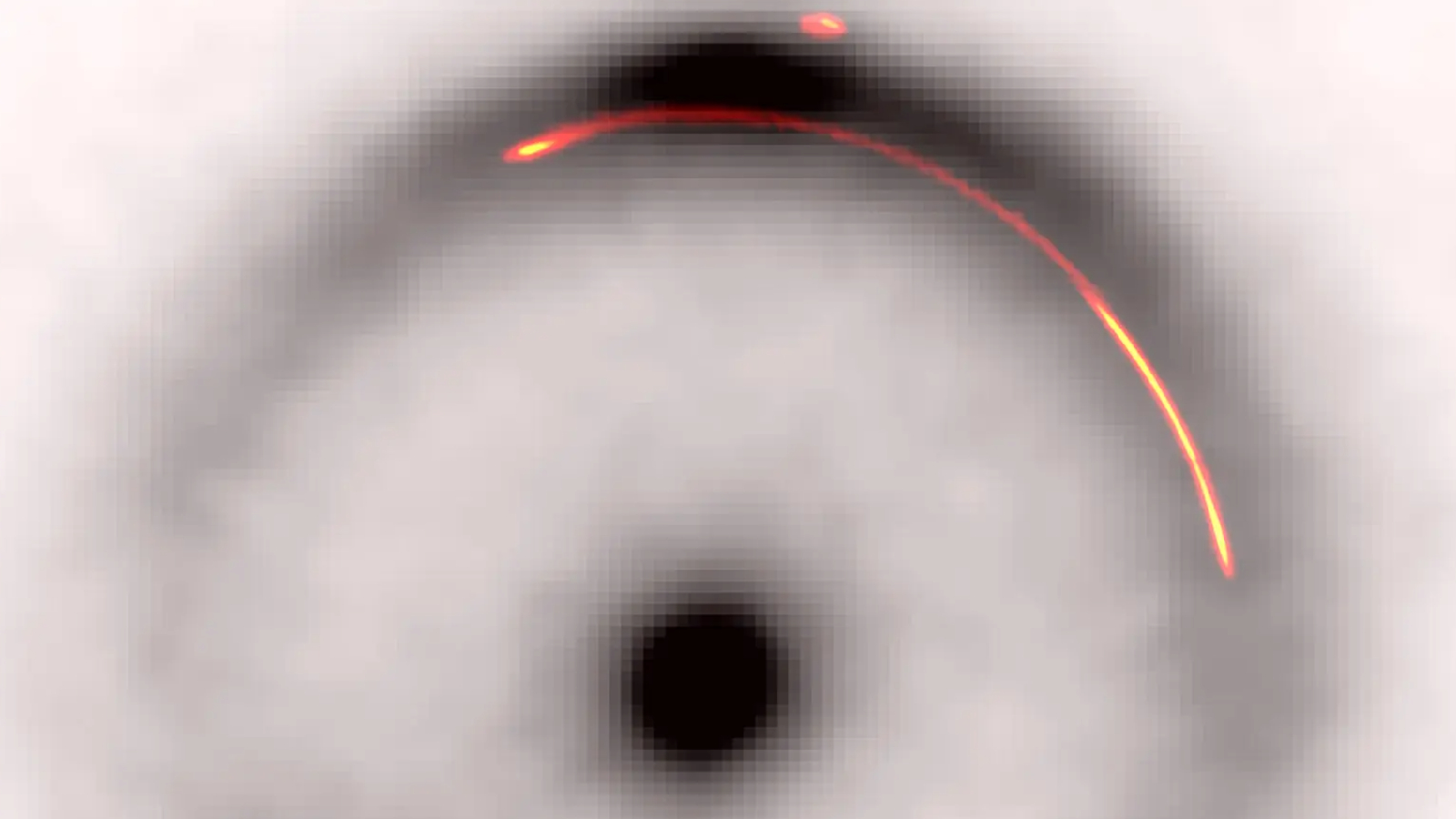U.S. Study: Arctic Loaded with Oil and Gas
The unexplored Arctic contains about one-fifth of the world's undiscovered oil and nearly a third of the natural gas yet to be found, according to a new study.
The untapped reserves are beneath the seafloor in geopolitically controversial areas above the Arctic Circle.
The U.S. Geological Survey estimates that the region contains 13 percent of the world's yet-to-be-found oil, 30 percent of the natural gas and 20 percent of the natural gas liquids.
The report, said to be the most extensive of its kind, updates similar USGS estimates made in the past.
The oil is considered "technically recoverable" using existing technology, but the USGS did not consider the cost of overcoming obstacles to drilling, such as permanent sea ice or deep ocean waters. About 84 percent of the undiscovered oil and gas is offshore, the USGS estimated, but much of it is close enough to land to fall under national territorial claims.
Much of the oil is off the coast of Alaska or in Russian provinces.
Meanwhile, the top of the world is embroiled in geopolitical dispute. The Arctic ice cap floats on the sea; there is no land there. As the ice cap gets smaller and thinner, nations are positioning themselves to stake claims to uncharted territory in the hopes of exploiting the natural resources thought to exist beneath the seafloor.
Get the world’s most fascinating discoveries delivered straight to your inbox.
Under current international law, Russia, Canada, the United States, Norway and Denmark—the countries with territories ringing the Arctic—are limited to a 200-mile economic zone around their coastlines.
Last year, Russia sent two vessels to the North Pole to plant a flag on the seafloor.
More than half of the Arctic oil reserves are believed to occur in three geologic areas — the West Siberian Basin, the East Barents Basins and Arctic Alaska, according to the USGS.
"Before we can make decisions about our future use of oil and gas and related decisions about protecting endangered species, native communities and the health of our planet, we need to know what's out there," USGS Director Mark Myers said in releasing the report Wednesday, the product of a four-year study.
"With this assessment," he said, "we're providing the same information to everyone in the world so that the global community can make those difficult decisions."
The Associated Press contributed to this report.

